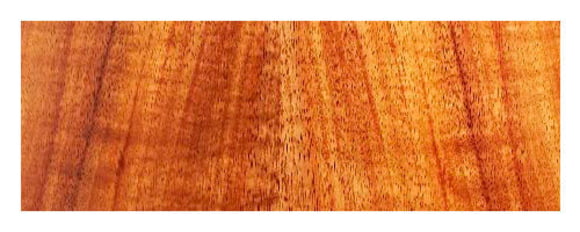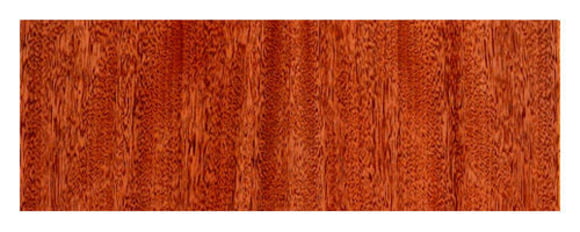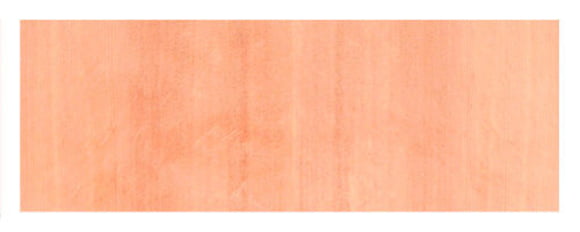5. Materials and sound
What's importance to make the ukulele sound good?
Which price range do you have to choose to get a good instrument?
These are questions many ask themselves before buying a ukulele. The type of wood used, the quality of the materials used and the quality of construction are crucial.
The wood type and construction determine the instrument's character.
Ukuleles vary in sound hole size, braces and material thickness, as well as in the size and depth of the body. All these factors influence the sound.
Laminate or solid wood?
Ukuleles made from solid and laminated woods are available. Cheaper instruments in particular are often laminated and may sound dull, lifeless and thin. Premium manufacturers therefore use a top-quality laminate even for their budget lines which sounds better thanks to its superior structure. Solid tops and a sturdy body are advised. A hard frame vibrates less and thus provides longer sustain and a more open sound. Naturally, fully solid instruments are the superior choice. The topwood is most often 1.8mm thick. A factor that significantly influences the price is the wood grain, e.g. flamed maple of curly koa. In this purely visual characteristic we distinguish among the A, AA, AAA, AAAA and AAAAA quality classes.
- But remember, the look has little to do with the sound, solid wood is a much more important factor!
If solid wood is not specifically mentioned, you should assume that laminate was used.
Which wood sounds best?
Hard solid wood is advised for back and ribs. Depending on the desired sound, harder or softer solid wood may be used for the top. Ukuleles made in Hawaii are usually made of solid mahogany or koa.
- Koa is a typical ukulele tonewood which only grows on Hawaii.
This wood type is known for its delicate, warm and open sound. Koa instruments sound very soft yet, if of good quality, distinct and clear at the same time. Acacia is in the same wood family and may sound the same. Koa and acaia are used for tops and bodies.

Koa
- Mahogony is a very popular and frequently used tonewood. It is a very hard tropical wood which is mainly offered by American manufacturer Martin&Co. Currently solid-wood koa and mahogany ukuleles make up most of the premium range. Good mahogany sounds warm and clear, much like koa. In comparison, mahogany is more direct and emphasises the mids. Nato and sapele are in the same tropical wood family and sound similar.

mahogany
- Spruce is often used in instrument-making and is a good topwood for acoustic guitars and ukuleles. Spruce tops are characterised by their ebullient, brilliant and assertive sound. As it is a little softer, the sound has the opportunity to develop further and improve.

spruce
- Other exotic woods such as bocote, padauk, Pacific walnut and bubinga are often featured, but usually as laminates only.
Matte or glossy?
High-gloss varnish is often significantly thicker than matte varnish and this dampens the top's vibration. Matte varnish does not affect the sound.
Superior-sounding high-gloss varnish is only available in top-of-the-range instruments, as the process is very work-intensive.





